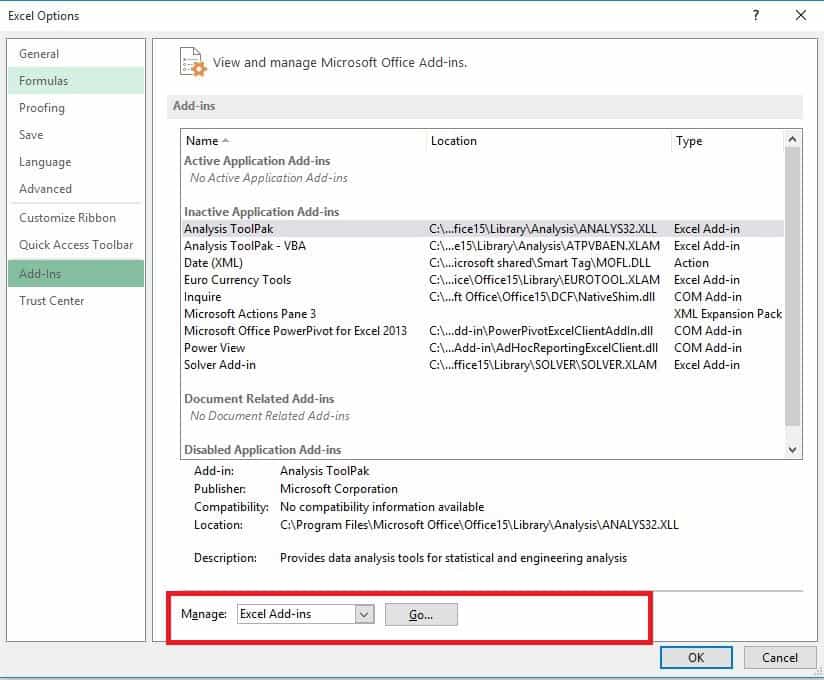

I suggest that as long as the intended meaning of the symbol "C/Em" is unclear, it is useless to discuss how to engrave it. The Cmaj7 chord has all four different chord tones of the C and Em triads: C E G (C major triad) + E G B (Em triad) = C E G B (C major seven chord). Instruments, then it would make sense to unify those two chords into one chord: C+Em = Cmaj7. Musicians either want to play what's written (without thinking too much), or they know what they're doing anyway, and choose appropriate substitution chords themselves.īy the way, if you think that both chords should sound simultaneously (as I've just read in your edited question), possibly played by different I must add, however, that this is not very common, and just makes the reading more difficult. The parentheses make it clear that the other chord is an option. If the notation is supposed to leave the choice of the chord up to the musician, then I would suggest to write "C (Em)" or "Em (C)". The sheet music doesn't need to show which chord was substituted, just which chord has to be played. That's commonly done when substituting chords. If it is, as you seem to believe, a substitute chord (probably Em replacing C major) then you could simply just write "Em" without mentioning the C chord at all. But I'm pretty sure that the notation C/Em does not imply a polychord with a C triad on top of an Em triad, simply because these two chords share two of their three notes, so such a polychord hardly makes any sense. However, this is usually indicated by a horizontal line separating the two chord symbols. What does exist are polychords where two different chords are stacked on top of each other. C/E, which means that you're supposed to play a C major triad with the note E in the bass. What Lilypond can do - as you know - is add a letter after a slash, e.g. The problem is that this is not a common notation, and the meaning of the symbol "C/Em" is unclear. Is there a more proper notation for such a situation? Rather than having different scores they'd just been notating this in pencil with a sash and the other possible chord for that location. Is there a proper way to notate this?Įdit: As best I can make out at this time the musician expected the guitar player to normally play one chord but that a piano player playing the same thing might optionally use a different chord.
#DENEMO NOT OPENING MANUAL#
Warning: Spurious garbage following chord: (chord-colon #)Ĭlearly it isn't happy with this notation, but even having reviewed the manual on Chord notation I don't see a reason this wouldn't work.

There is an warning thrown to the console that says: Parsing.
#DENEMO NOT OPENING CODE#
What is wrong here (with either my Lilypond code or the music notation)? For some reason I can't get the output I expected. I'm engraving some music using Lilypond and have been requested to engrave an alternate chord name next to a chord.


 0 kommentar(er)
0 kommentar(er)
